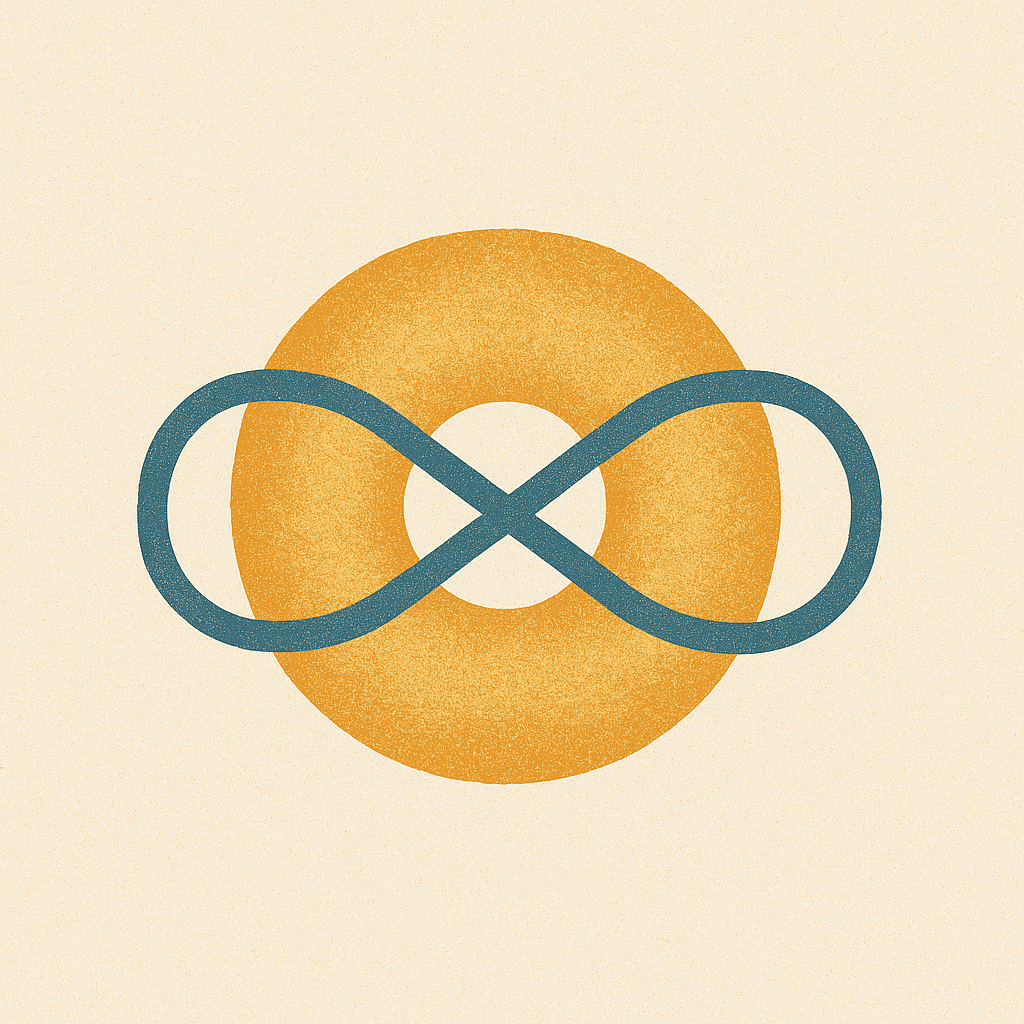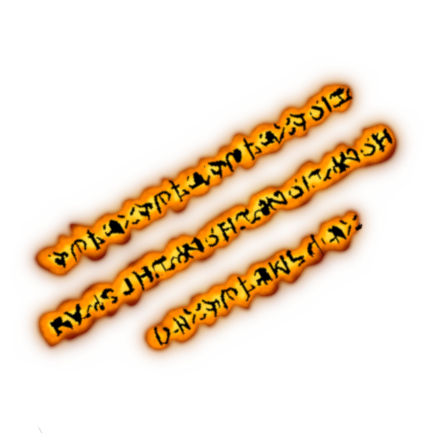Topological Qubits

Introduction
So far, we’ve looked at qubits built from physical systems: superconducting circuits with energy levels, ions trapped by electric fields, and photons flying through space. Each of these qubits encodes information in some local, tunable property of matter or light.
But all of them share a common challenge: they’re fragile. Even small interactions with the environment or other error sources—like heat, vibration, stray fields, or photon loss—can cause errors and destroy quantum information.
This leads to a natural question:
Can we build a qubit that’s protected by design? One that’s immune to small disturbances, not because of careful engineering, but because of the very nature of how the information is stored?
The answer is yes. In fact, researchers are exploring a new class of qubits that are inherently robust against noise and errors. These qubits are not built from local properties of matter or light, but from the global structure of a system. They are not just isolated from the environment, but protected by it. They are not just engineered to be stable, but naturally so.
This is a radical departure from traditional qubit designs, and it opens up exciting possibilities for building scalable quantum computers that can withstand the challenges of real-world environments. In this article, we’ll explore the concept of topological quantum computing, which is based on this idea of topological protection.
“Topological”?

Let’s start with a simple idea from math: topology. In topology, we don’t care about shape or size—we care about structure. For example, a donut and a coffee mug are the same in topology (each has one hole), but a donut and a ball are not. You can’t reshape a donut into a ball without cutting or tearing.
This idea—that some properties are invariant under small changes—is the key to topological quantum computing.
A topological qubit stores information in the overall, global structure of a system, not in any one place. Just like squishing a donut doesn’t completely remove its hole, small noise doesn’t destroy a topological qubit.
How Does It Work: Basic Idea
One promising approach uses special particles called Majorana zero modes. These are exotic quasiparticles that appear in certain superconducting materials under very specific conditions.
A quasiparticle is a collective behavior that emerges when many particles interact in a material. It’s a bit like a wave at a stadium: no one person is the wave, but together they create something that moves and behaves like a distinct object. In certain quantum materials, these collective behaviors act like new, effective particles—some of which are extremely unusual, or exotic.
Here’s the trick:
- Majoranas always come in pairs
- The qubit is not stored in either one individually
- Instead, it’s encoded in the relationship between them
This means the information is nonlocal—spread across space. If one Majorana gets disturbed, the qubit still survives. You’d need to interfere with both particles simultaneously to destroy the qubit, which is extremely unlikely.
It’s a bit like a donut made of particles: the shape (the hole) encodes the information, not the individual atoms. Even if you nudge one part of the donut, it still has a hole. The qubit is protected by topology.
Why It Matters
The more robust a qubit is, the fewer resources we need to protect it.
In other platforms, we use quantum error correction to compensate for noise—adding redundancy and complexity. But topological qubits build error resistance directly into the hardware.
If topological quantum computing succeeds, it could make scalable quantum computing much simpler and more reliable.
Current Status
Topological qubits are still in the experimental phase, but progress is being made:
- Microsoft is the leading advocate of Majorana-based quantum computing and is developing its own topological hardware.
- Researchers in Europe and the U.S. are working to confirm the physical existence of Majorana zero modes in superconducting nanowires.
- While experimental evidence is still being debated, new signatures and materials are moving the field forward.
Topological qubit is a high-risk, high-reward endeavor. We don’t yet know how to reliably create and manipulate Majorana quasiparticles. But if we can figure it out, topological qubits may replace today’s fragile systems with qubits that are protected by the very geometry of quantum matter.
All images in this article were generated by ChatGPT.

Leave a comment